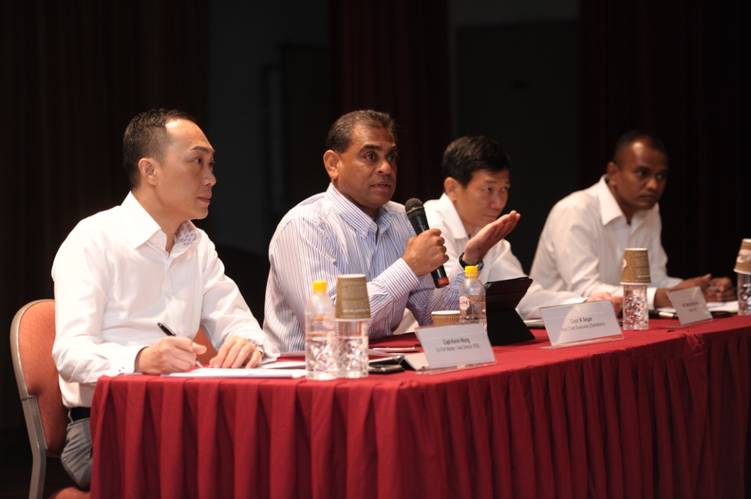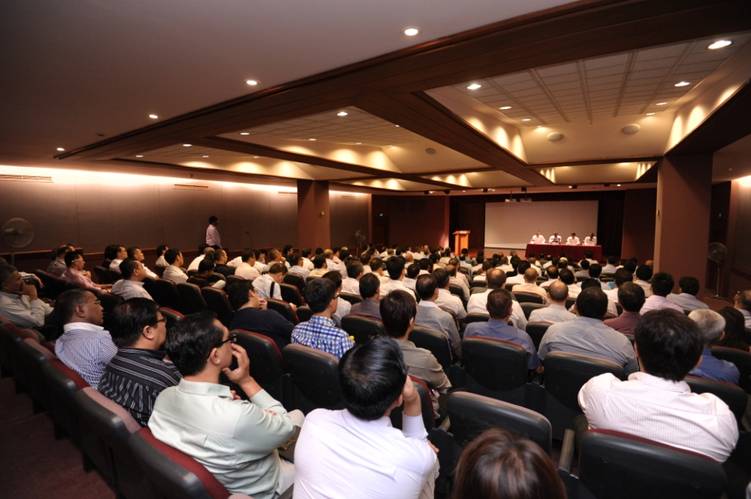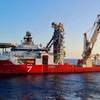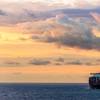Human Error at the Root of Singapore Oil Spills
Outcome of Investigation Findings into Marine Incidents and Measures to Enhance Safety of Navigation in Singapore Port Waters and Singapore Strait
Following the three collision incidents[1] resulting in oil spills which took place in the Singapore port waters and Singapore Strait between January 29 and February 10 early this year, the Maritime and Port Authority of Singapore (MPA) conducted investigations to determine the causes of the incidents. MPA also formed a Safety Review Committee (SRC) to review the overall system of navigational safety in Singapore's port waters and Singapore Strait. Members comprised experts from MPA, Ministry of Transport, the local academia and shipping industry.
Key Findings
The findings of the investigations showed that human error and poor judgment of the situation was the main cause of the three collisions. There was lack of situational awareness of the bridge teams, including the pilots, although MPA's Port Operations Control Centre (POCC) had provided advisories and warnings of the traffic situation to the bridge teams. The bridge teams also did not make use of all available means at their disposal, such as the Automatic Identification System (AIS), Automatic Radar Plotting Aid (ARPA), Radar, and Electronic Chart Display and Information System (ECDIS) to avoid the collisions. Appropriate disciplinary actions will be taken against the members of the bridge teams, including the pilots, for contravening the relevant regulations.
The SRC also reviewed the overall regime of navigational safety in Singapore's port limits. The SRC found no significant increase in the number of incidents between 2007 and 2013, nor was there apparent correlation in the occurrence of incidents and growth in vessel movements in the Singapore Strait or port waters. The number of incidents over the last few years remained low and averaged about 0.012 and 0.016 per 1,000 vessel movements in the port waters and Singapore Strait respectively. The existing systems and procedures put in place by MPA have helped to keep the incident rates low.
Key Follow Ups
Notwithstanding, the SRC recommended adopting the following key measures to further enhance the safety of navigation in the port and in the Singapore Strait:
i. Instilling a strong safety culture
MPA should work with the industry to develop an integrated safety management framework to drive the overall efforts to promote a strong culture of safety awareness, including the conduct of regular safety briefings to the shipping community.
ii. Enhancing communication and information sharing
PSA Marine should enhance the information sharing between pilots and ship masters, including the timely dissemination of passage plan to the ships. There should also be procedures for its pilots to follow when communications failure occurs between the pilots on converging ships, or between the Vessel Traffic Information System (VTIS) and their ships.
iii. Improving safe passage in high risk areas
MPA's VTIS should consider providing more active advisories to vessels navigating at high traffic density areas in the port of Singapore and in the Singapore Strait. MPA should also work with the shipping community to ensure ship masters are present on the bridge when their ships are transiting critical areas in the Singapore Strait.
To implement the above measures and ensure efforts are sustained, MPA will form two working groups:
i.The MPA-PSA Marine Safety of Navigation Working Group.
ii.The MPA-SSA (Singapore Shipping Association) Safety of Navigation Working Group.
MPA will also be shortly launching a Safety Campaign with the shipping community to raise the level of awareness on navigational safety. It will also review and improve navigational safety in critical areas such as key fairways and pilot boarding grounds.
Shipping Community Briefed at the Navigational Safety Dialogue Session
MPA organized a dialogue session this morning with the shipping community to update them on the investigation findings of the incidents, and measures to enhance the safety of navigation in the Singapore Strait and Singapore's port waters. More than 150 representatives from the shipping community attended the dialogue session, including shipowners, ship managers, ship charterers and shipping agents, who have direct channels to convey the safety messages to the ship masters and officers.
MPA Chief Executive, Andrew Tan said, "MPA places a strong emphasis on the safety of navigation and takes a serious view of any incidents in Singapore waters. Moving forward, we will work more closely with all our industry partners to review our safety management procedures and implement additional measures to enhance navigational safety. We will also not hesitate to take appropriate actions against those who infringe our safety regulations."
Patrick Phoon, Chairman of the Safe Navigation and Environment Committee of the Asian Shipowners' Forum and President of the Singapore Shipping Association (SSA) said, "We welcome the efforts taken by MPA and the Safety Review Committee to look at the causes to these incidents holistically. The SSA will work closely with MPA to implement the recommendations from the Safety Review Committee to enhance navigational safety within our port waters and the Singapore Strait."
[1] The three incidents were:
-January 29, 2014: Between Fei He, a China-flagged containership, and Lime Galaxy, a Hong Kong-flagged chemical tanker.
-January 30, 2014: Between NYK Themis, a Panama-flagged containership and a barge, AZ Fuzhou that was towed by tug "AZ Carnation"
-February 10, 2014: Between a Liberia-flagged containership Hammonia Thracium and Panama-flagged chemical tanker Zoey.
mpa.gov.sg


















